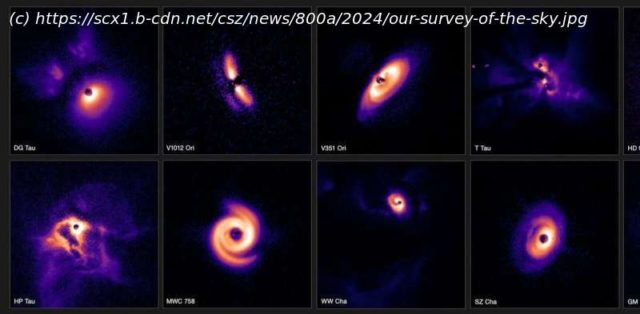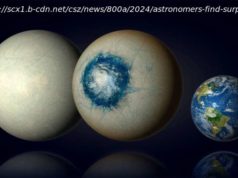When we look out to the stars, it is typically not a yearning for the distant depths of outer space that drives us. When we are looking out there, we are truly looking back at ourselves. We try to understand our place in the unimaginable vastness of the universe.
When we look out to the stars, it is typically not a yearning for the distant depths of outer space that drives us. When we are looking out there, we are truly looking back at ourselves. We try to understand our place in the unimaginable vastness of the universe.
One of the most burning questions that drives us is how unique we are. Did life only emerge here on Earth or is our galaxy teaming with it?
The very first step in finding out is to understand how special the Earth really is—and, by extension, our entire solar system. This requires knowledge about how solar systems actually form. And that’s exactly what my colleagues and I have started to uncover with a new series of studies of star-forming regions.
In the past decades, astronomers have spotted more than 5,000 planets around distant stars—so called exoplanets. We now know that planets are so abundant that you can look up to almost any star in the night sky and be near certain that planets are circling around it. But what do these planets look like?
The first planet that was discovered around a star similar to the sun came as a shock to us. It was a so-called hot Jupiter, a massive gas giant that orbits its parent star on such a tight orbit that the length of a year is only four days. This is a truly alien world with no equal in our own solar system.
From this first groundbreaking discovery, astronomers have gone on and found tightly packed systems of super-Earths, rocky planets several times as massive as the Earth, as well as awesome gas giants in century-long orbits around their parent star. Of the many planetary systems that we have found, none equals our own solar system. In fact most of them are quite different.
To understand how all of these different systems come to be, we have to turn to the very beginning.






